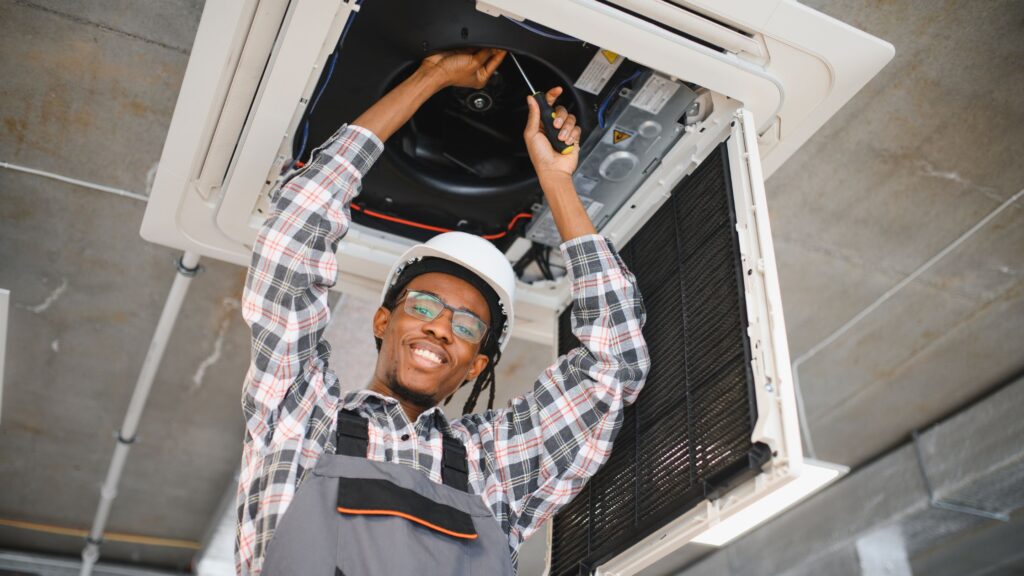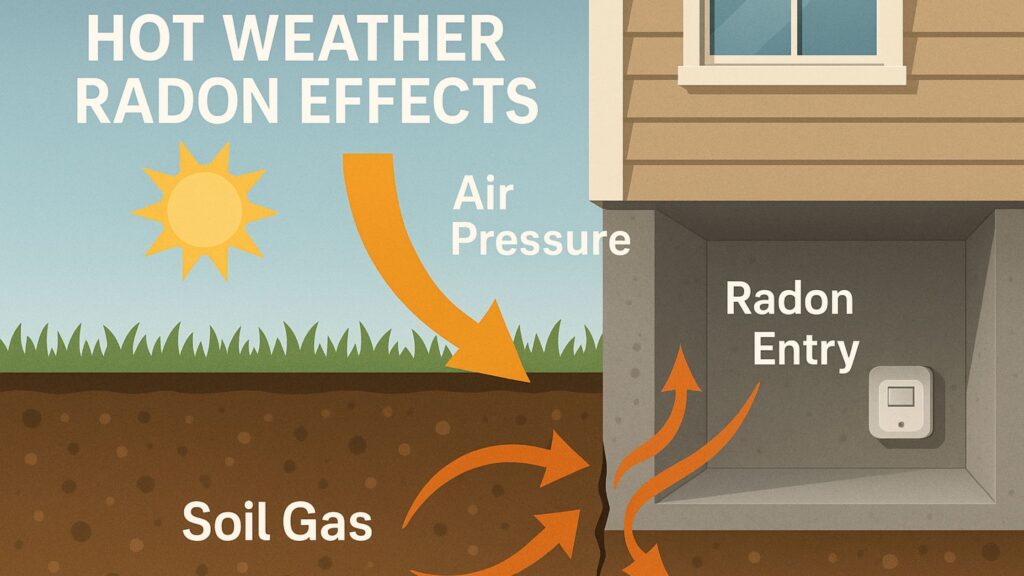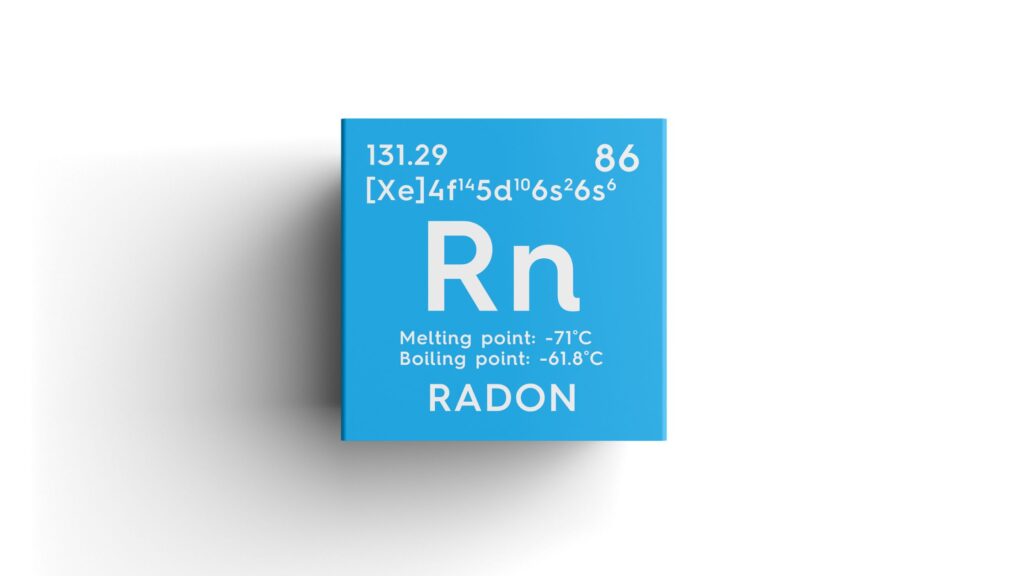After completing an HVAC upgrade, you might focus on improving comfort and efficiency. However, radon risk after an HVAC upgrade can be an unexpected concern. It’s important to understand how changes to your heating, ventilation, and air-conditioning system can impact radon levels, and what steps you can take to address the risk. With the right testing, adjustments, and professional guidance, you can enjoy your new system without compromising indoor air safety.

How HVAC Upgrades Affect Radon Levels
An HVAC upgrade typically involves sealed ducts, better insulation, stronger airflow, and adjusted pressure zones. While these improvements are beneficial, they can also disrupt the natural flow of air and soil gases. This disruption may increase radon risk after the HVAC upgrade, even if radon levels were safe before.
For instance, a high-efficiency fan can lower the basement pressure compared to the outdoor soil pressure, allowing more radon to enter your living space. Additionally, a tighter building envelope might limit the natural dilution of radon, causing it to build up more easily. Given these changes, it’s important to anticipate the potential for higher radon levels and take proactive measures.
Why Radon Risk Increases After HVAC Upgrade
Several factors can increase radon risk after an HVAC upgrade:
- Pressure changes: A new HVAC can create negative pressure downstairs, pulling more radon in from the soil.
- Tighter house: Energy-efficient sealing reduces leaks but also cuts down the fresh air that dilutes radon.
- New airflow paths: Updated ducts and zoning can shift how radon spreads through the home.
- Stronger stack effect: Better insulation and sealing increase temperature differences, drawing more radon upward.
Given these factors, ignoring the radon risk after an HVAC upgrade is a mistake. Even if you’ve tested radon levels before the upgrade, it’s essential to retest afterward to ensure the levels are still safe. Learn more about What Causes Radon in Homes.
Key Signs & Testing You Should Initiate
After your HVAC upgrade, it’s important to include radon risk in your indoor air quality review. Here’s how to proceed:
A. Short-Term Radon Testing
Use a certified monitor for a 2–7 day test. This quick test helps determine if radon levels have increased after your HVAC upgrade, providing immediate insights into potential risks. If this test shows higher readings than before, you should plan additional testing or call a radon professional for guidance.
B. Long-Term Radon Monitoring
If radon levels are elevated, conduct a 91-day (or longer) test to account for seasonal fluctuations. This extended test offers a more accurate picture of radon levels over time. The long-term results help you decide whether mitigation upgrades or system adjustments are truly necessary.
C. Check for Pressure Changes
After the upgrade, use a manometer to check if the basement or lower-level pressure has shifted. Any significant pressure changes could lead to increased radon entry into the home. If you notice consistent negative pressure, ask your HVAC or radon contractor to adjust the system to reduce that imbalance.
D. Inspect Ventilation and Ductwork
Ensure that fresh air intake is adequate and that airflow throughout the ducts is balanced. Proper airflow helps prevent unwanted depressurization, which could inadvertently pull radon indoors. Have your HVAC technician fine-tune dampers or vents if certain areas feel stuffy, drafty, or out of balance.
E. Review Foundation and System Changes
If you’ve sealed cracks, added insulation, or made changes to the crawlspace, these modifications could impact radon pathways and increase the risk of entry into your living spaces. Review these changes with a radon specialist so they can confirm that your mitigation system still works as intended.
By following these steps, you can reduce radon risk after an HVAC upgrade and avoid any unexpected issues.
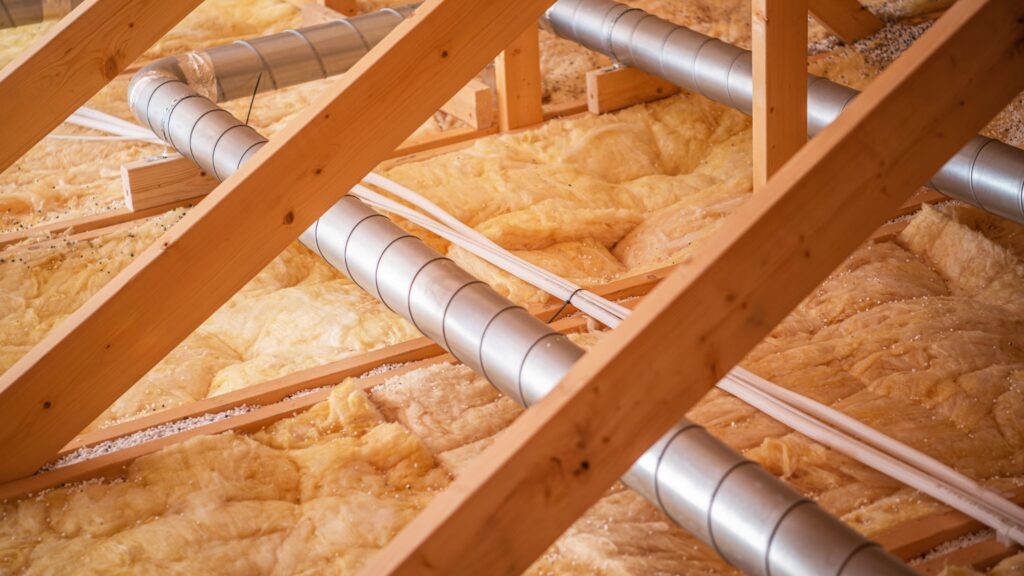
Mitigation Strategies to Address Elevated Radon
If your testing shows that radon levels have increased—possibly due to your HVAC upgrade—it’s important to take action right away. Here are some effective mitigation strategies:
- Active soil depressurization (ASD): Use a fan and pipe system to pull soil gases from under the foundation and vent them above the roof, cutting radon entry.
- Seal entry points: Seal cracks, gaps around pipes, sumps, and crawlspace walls to block radon pathways.
- Integrate HVAC ventilation: Use your upgraded HVAC to add controlled fresh air and keep a slight positive pressure in lower levels to resist radon inflow.
- Monitor continuously: Track radon levels regularly after mitigation and any major system changes to confirm ongoing performance.
- Coordinate upgrades: Involve a radon professional in future HVAC or building upgrades so new work doesn’t increase radon risk.
By implementing these strategies, you can confidently reduce radon risk after an HVAC upgrade and maintain a safe indoor environment.
Integrating HVAC and Radon Controls
To ensure your HVAC upgrade and radon mitigation work together effectively, follow this smart integration plan:
- Plan before upgrade: Raise radon concerns with your HVAC and mitigation pros.
- Keep airflow balanced: Ensure supply, return, and fresh air don’t depressurize lower levels.
- Test afterward: Re-test radon once the new system is running.
- Do regular maintenance: Service HVAC and radon systems on a set schedule.
- Educate everyone: Explain that changing doors, windows, or vents can affect radon levels.
By integrating HVAC and radon controls, you lower the risk of elevated radon levels after an HVAC upgrade and improve your building’s long-term indoor air quality.
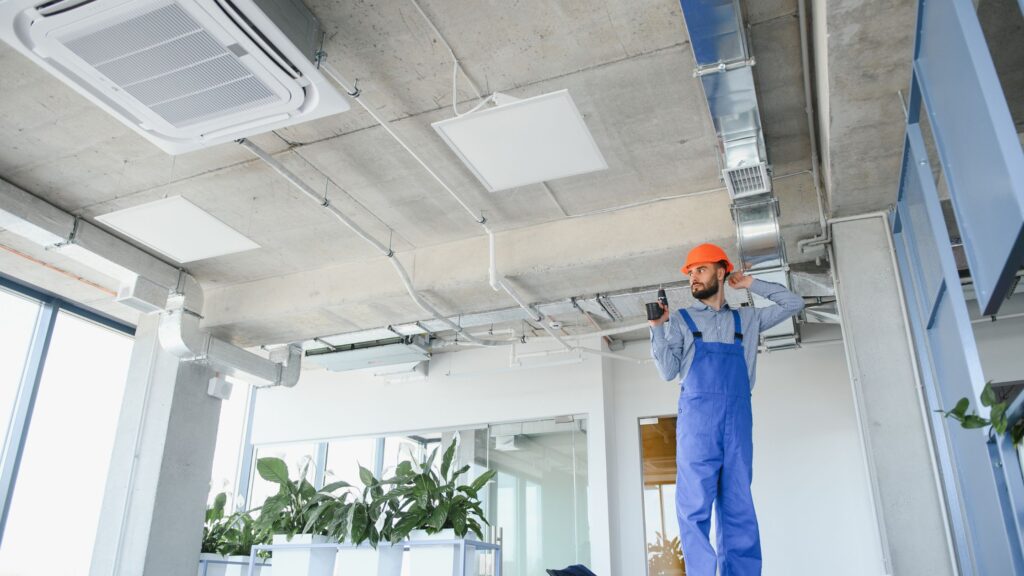
Conclusion
An HVAC upgrade offers numerous benefits, such as enhanced comfort, reduced energy bills, and improved control over indoor conditions. However, if you’re not mindful of the radon risk after an HVAC upgrade, you could unknowingly introduce or amplify a hidden hazard. Simply upgrading your HVAC system isn’t enough—it’s crucial to also test, monitor, and adjust your radon mitigation efforts to ensure that air quality remains safe.

